Is too much protein bad for older dogs? This is a very good question considering that the nutritional needs of a senior dog may be quite different compared to those of a puppy or adult dog. Indeed, nowadays, there are more and more dog foods catering to the needs of senior dogs. This has caused dog owners to stray away from the all-life stages food in order to switch over to dog foods purposely made to meet the needs of senior dogs. The big question whether too much protein is bad for older dogs remains worthy of pondering though considering that many senior dog foods have quite some high protein levels.
 First Off, When is a Dog Considered Old?
First Off, When is a Dog Considered Old?
Is too much protein bad for older dogs? First, let’s understand when a dog is considered by definition “old.” Many dog owners may wonder when a dog is considered old, and therefore, when they should start implementing dietary changes to switch their dogs over to a senior diet.
While there is no exact milestone, generally dogs tend to become seniors based on their size considering that dogs of different sizes tend to have different lifespans.
Generally speaking, there seems to be some agreement that giant dog breeds can be classified as seniors once older than 7 years, while large dog breeds can be classified as seniors when older than 9. Medium dog breeds, on the other hand, can be classified as seniors once older than 10, while small and toy breeds are typically considered senior once older than 12.
However, age-related changes in dogs don’t pop up exactly at these milestones and may actually occur earlier or perhaps they may not be readily recognized by the owners. For this reason, many vets suggest switching over to a senior diet earlier rather than later.
Protein Needs of Senior Dogs 
Let’s face it: although aging is not a disease per se we cannot deny that it does cause many changes in our dogs. Senior dogs typically move less and spend more time lounging. This means that they have lower energy requirements and develop a tendency to gain weight with an increase in fat and a loss in muscle mass.
The digestion and absorption of nutrients becomes impaired with aging. The dog’s immune system also declines with age and so does kidney function, although this latter varies from one animal and another.
In the past, it was often thought that senior dogs required reduced levels of protein in their foods. This belief was based on the idea that processing large amounts of protein could put a strain on an aging dogs’ kidneys, which are meant to filter blood and remove waste. This can be true to a certain extent in dogs with already moderate to severe impaired kidney function, but there is little research backing up such assertion when it comes to senior dogs with healthy kidneys.
Instead, what is known is that reducing protein may lead to muscle loss in senior dogs. Muscle loss in senior dogs goes beyond the way the dog looks. Dogs who lose muscle mass become weaker and weaker by the day and start struggling on walks and going up stairs.
“Reducing protein intake does not protect senior pets from developing renal disease, and unnecessarily restricting protein may have other negative effects such as loss of muscle mass.”~Dr. Sally Perea, veterinary nutritionist

Is Too Much Protein Bad for Older Dogs?
Is too much protein bad for older dogs though? This remains a subject of controversy. Indeed, there are dog foods formulated for senior dogs that have reduced protein levels compared to their adult maintenance foods, while others have actually increased levels.
It all seems to boil down though to the individual needs of a particular dog. Some older dogs may require less protein, while some other may need more. “Just because a food is marketed for older animal, doesn’t mean it’s right for every older dog or cat” claims Dr. Lisa M. Freeman, veterinary nutritionist.
As for the exact quantity of protein though, this remains debated. Some studies seem to suggest that healthy senior dogs may actually require higher levels of protein compared to younger, adult dogs. This is likely because, with aging, dogs have a less efficient protein metabolism.
Veterinarian Dr. Ernie Ward, founder of The Association for Pet Obesity Prevention, thinks that there is sufficient evidence to support 28 to 32 percent protein on a dry-matter basis (DMB) for healthy older dogs, especially in those cases where weight loss is needed.
Veterinary nutritionist Lisa Freeman claims that in older animals, without significant kidney or liver disease, it is wise to avoid reduced protein diets. Protein is important for senior dogs as it helps meet their amino acid needs required to repair tissues, support the immune system and help the body respond to stress. Stress on the body may lead to an increased susceptibility to pathogens, toxins, infections and cancer.
Other than the amount, also the quality of the protein is important—if you feed a higher-biological-value protein, you can feed a lower quantity and still get the same nutrition, explains veterinary nutritionist Dr. Joe Bartges. A good quality protein typically contains the correct balance of amino acids and must be highly digestible.
” I always recommend that senior pets be fed diets that provide slightly boosted protein levels compared with adult maintenance formulas.”~Dr. Sally Perea, veterinary nutritionist
References:
- Davenport G, Gaasch S, Hayek MG, et al. Effect of dietary protein on body composition and metabolic responses of geriatric and young-adult dogs. J Vet Intern Med 2001;15:306.
- Hutchinson D, Freeman LM, Schreiner KE, et al. Survey of opinions about nutritional requirements of senior dogs and analysis of nutrient profiles of commercially available diets for senior dogs. Intern J Appl Res Vet Med 2011;9:6
- Finco DR. Effects of dietary protein and phosphorus on the kidney of dogs. In: Proceedings
of the Waltham/OSU Symposium. Vernon, CA: Kal Kan Foods, Inc.; 1992. p. 39–41 - Purina Research Report: Geriatric Nutrition Protein
- DVM360: Senior diets: Do they live up to the hype?
- DVM360: Aging gracefully–feeding senior pets (Proceedings)




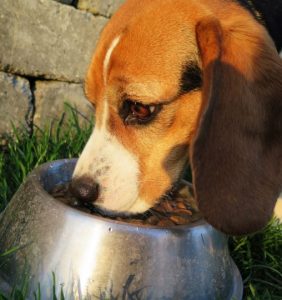 In the study, dogs were fed a placebo or the MCTD diet for 3 months followed by repeated switches in the diet for the next 3 months. The seizure frequency, clinical and laboratory data was collected and reviewed for a total of 21 dogs.
In the study, dogs were fed a placebo or the MCTD diet for 3 months followed by repeated switches in the diet for the next 3 months. The seizure frequency, clinical and laboratory data was collected and reviewed for a total of 21 dogs. Dr. Joanne Fernandez-Lopez is an emergency veterinarian on staff in the Emergency and Critical Care Department at Florida veterinary Referral Center (FVRC).
Dr. Joanne Fernandez-Lopez is an emergency veterinarian on staff in the Emergency and Critical Care Department at Florida veterinary Referral Center (FVRC).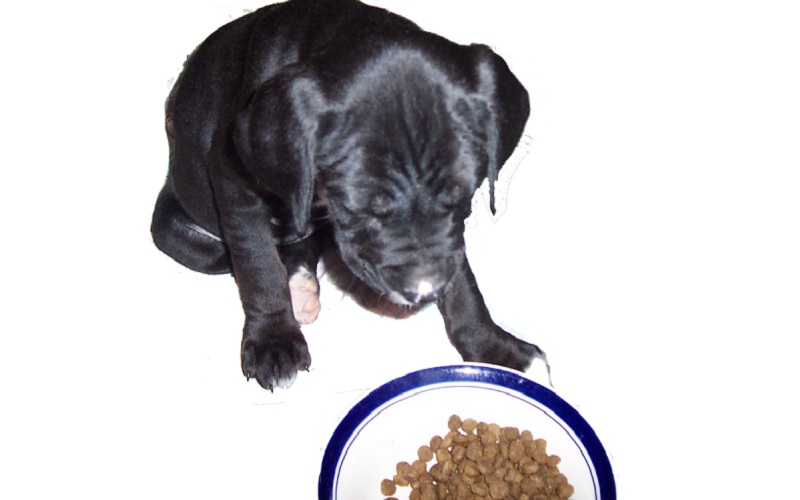
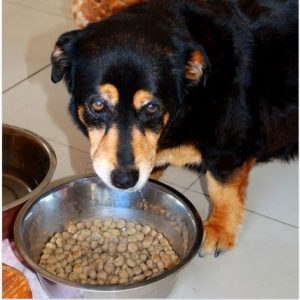 A Marketing Ploy
A Marketing Ploy  If you think about it, it’s an environmentally conscious way to deal with leftovers and for dogs it’s a sustainable source of proteins that would otherwise be wasted.
If you think about it, it’s an environmentally conscious way to deal with leftovers and for dogs it’s a sustainable source of proteins that would otherwise be wasted.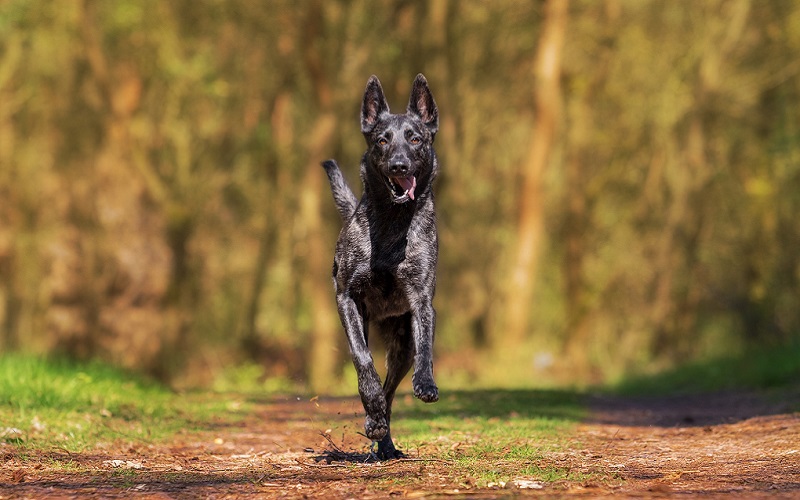
 The Liver’s Functions
The Liver’s Functions
 Did you know? Certain breeds of dogs are genetically predisposed liver problems such as West Highland white terriers, cocker spaniels, Doberman pinschers.
Did you know? Certain breeds of dogs are genetically predisposed liver problems such as West Highland white terriers, cocker spaniels, Doberman pinschers.
 DVM Ivana Vukasinovic is a veterinarian in Belgrade, capital city of Serbia.
DVM Ivana Vukasinovic is a veterinarian in Belgrade, capital city of Serbia.
 Understanding Food Allergies in Dogs
Understanding Food Allergies in Dogs 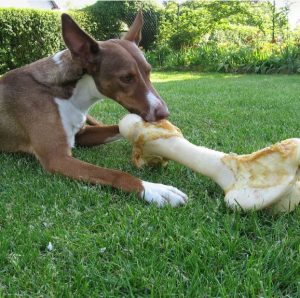


 Measuring Energy Requirements
Measuring Energy Requirements A Multitude of Factors
A Multitude of Factors The Bottom Line
The Bottom Line 

 Disadvantages of Free-Choice Feeding
Disadvantages of Free-Choice Feeding
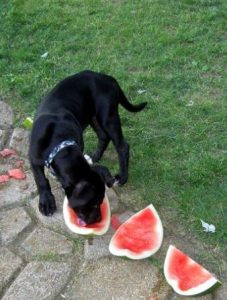




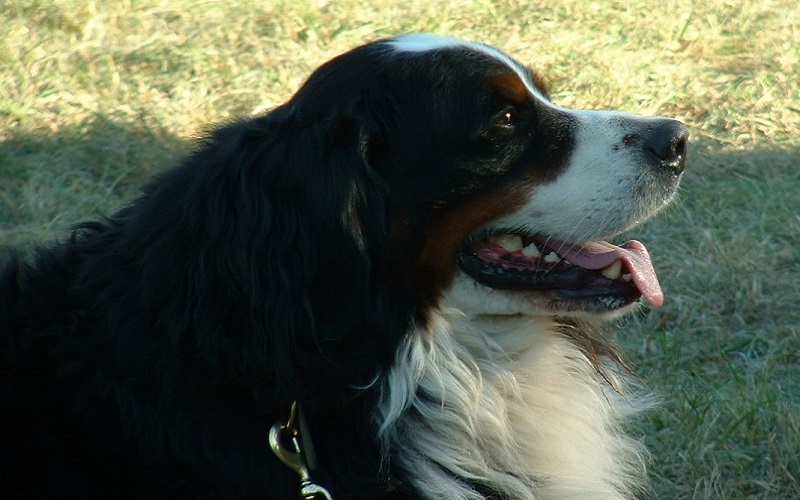
 A Word About Carbs
A Word About Carbs Carbs with Antioxidant Properties
Carbs with Antioxidant Properties